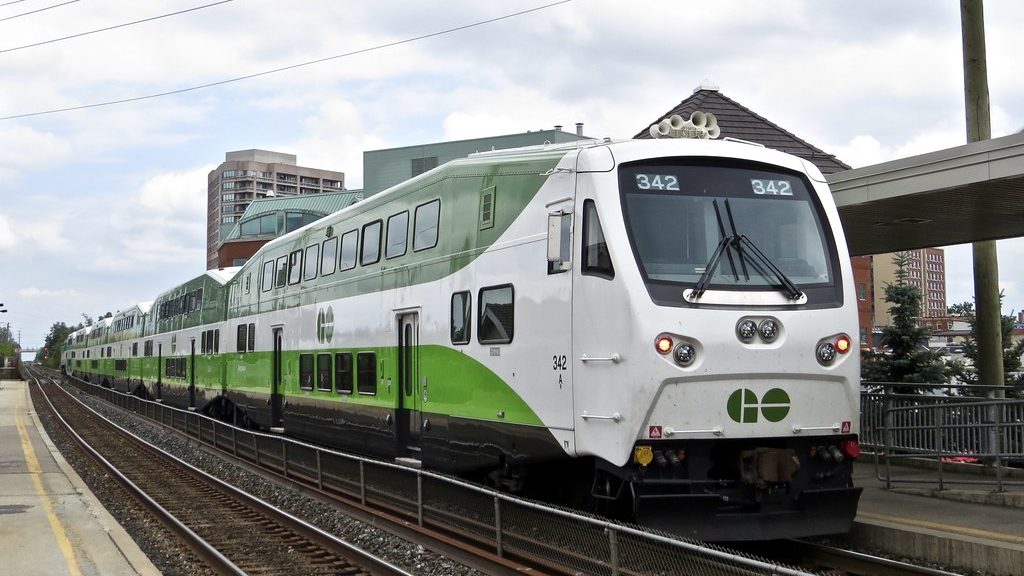State of play: A look at the status of pipeline projects in Canada
Posted June 30, 2016 3:24 pm.
Last Updated June 30, 2016 4:20 pm.
This article is more than 5 years old.
VANCOUVER – The Federal Court of Appeal has overturned Ottawa’s approval of the Northern Gateway project, concluding that Canada fell short in its duty to consult with aboriginals.
Here’s an update on the status of major pipeline proposals in Canada:
Northern Gateway:
Enbridge’s $7.9-billion Northern Gateway project would bring 525,000 barrels a day of oilsands crude through a 1,177-kilometre pipeline from northeast of Edmonton to Kitimat, B.C., for shipping to international markets. A parallel line would send 193,000 barrels a day of bitumen-thinning diluent in the opposite direction.
The project obtained federal approval in 2014. Eight First Nations, four environmental groups and one labour union launched legal actions aimed at overturning the project’s approval. In June, the Federal Court of Appeal ruled in their favour, further clouding the pipeline’s future.
Enbridge and its 31 aboriginal equity partners this year asked the National Energy Board for a three-year extension to the 2016 construction deadline to allow for more consultation. But the First Nations who oppose the project, many of them located on B.C.’s north coast, say extra time won’t sway their position.
Prime Minister Justin Trudeau has committed to formalizing a ban on tanker traffic on the north coast, which critics say will kill the project. Trudeau has also voiced his opposition to a crude oil pipeline through the Great Bear rainforest, through which Northern Gateway would traverse.
The B.C. Supreme Court found in January the provincial government could not rely solely on the energy board’s review of Northern Gateway. The decision, which also affects the Trans Mountain expansion, means B.C. must conduct its own review that includes aboriginal consultation.
___
Trans Mountain:
The Canadian arm of U.S. energy giant Kinder Morgan wants to triple the capacity of its existing Trans Mountain line by adding or reactivating almost 1,200 kilometres of pipe between Edmonton and Burnaby, B.C. The expansion would bring capacity to 890,000 barrels of oil a day from the Alberta oilsands region and increase tanker traffic in the Burrard Inlet seven-fold.
The National Energy Board sanctioned the $6.8-billion project in May, and the federal cabinet is expected to issue its decision by the end of the year. A three-member panel has been appointed to conduct a separate environmental review and report to Natural Resources Minister Jim Carr by November. Carr said the panel will add an extra layer of consultation, especially with indigenous communities.
To go ahead with the project, Kinder Morgan would also have to address 157 environmental, safety and financial conditions placed on it by the energy board, including holding $1.1 billion in liability coverage and detailing its plans to reduce and offset emissions. The board said the project is the first to be required to detail plans for offsetting emissions.
The project still faces fierce opposition. A number of groups including the City of Vancouver have launched court challenges aimed at quashing the energy board’s approval. Alberta Premier Rachel Notley, on the other hand, has said the pipeline is in the best interests of her province and Canada.
B.C.’s Environmental Assessment Office is conducting a review that includes First Nations consultation, following a B.C. Supreme Court ruling in January on Northern Gateway that also impacted Trans Mountain.
___
Energy East
TransCanada’s Energy East is a 4,500-kilometre pipeline that would carry 1.1 million barrels of oil a day from Alberta and Saskatchewan through Quebec and into New Brunswick to supply Eastern Canada refineries and for overseas shipping. The cost of the pipeline is estimated at $15.7 billion, which doesn’t count the existing pipeline assets that would be converted for use in Energy East.
The proposal is popular in Western Canada but has encountered stiff opposition in Quebec, where politicians, citizens and ecologists have argued the environmental risks outweigh the economic benefits. New Brunswick Premier Brian Gallant has stressed the importance of Energy East to his province’s economy.
The National Energy Board has announced that consultations with communities along the pipeline route will begin in August and its final report should be completed by March 2018. Ottawa will also be presented with Quebec’s ruling on the pipeline, which is scheduled to come down in June 2018.
Public hearings into the Quebec portion of the project are expected to resume in October after TransCanada agreed to the provincial government’s request to provide more detailed information about the pipeline. A first round of hearings wrapped in March with Quebec residents grilling TransCanada executives on the risks and costs associated with the pipeline.
___
Keystone XL:
TransCanada, the same company behind Energy East, applied in 2008 for U.S. permission to build its Keystone XL pipeline, which would span nearly 1,900 kilometres. The aim was to expand an existing cross-border pipeline to give crude from the Alberta oilsands a more direct route to U.S. Gulf Coast refineries. During a seven-year debate, the project became a focal point for environmental protesters.
After U.S. President Barack Obama rejected Keystone XL in November 2015, TransCanada launched a US$15-billion challenge under the North American Free Trade Agreement, arguing it was treated unfairly. It has also filed a separate federal lawsuit seeking a declaration that Obama overstepped his constitutional power.
The pipeline could resurface as a charged political issue after the U.S. presidential election in November. Presumptive Republican nominee Donald Trump has said he’d approve the pipeline but only if the U.S. gets a larger cut of profits. Hillary Clinton, the presumptive presidential candidate for the Democrats, opposes it.
___










